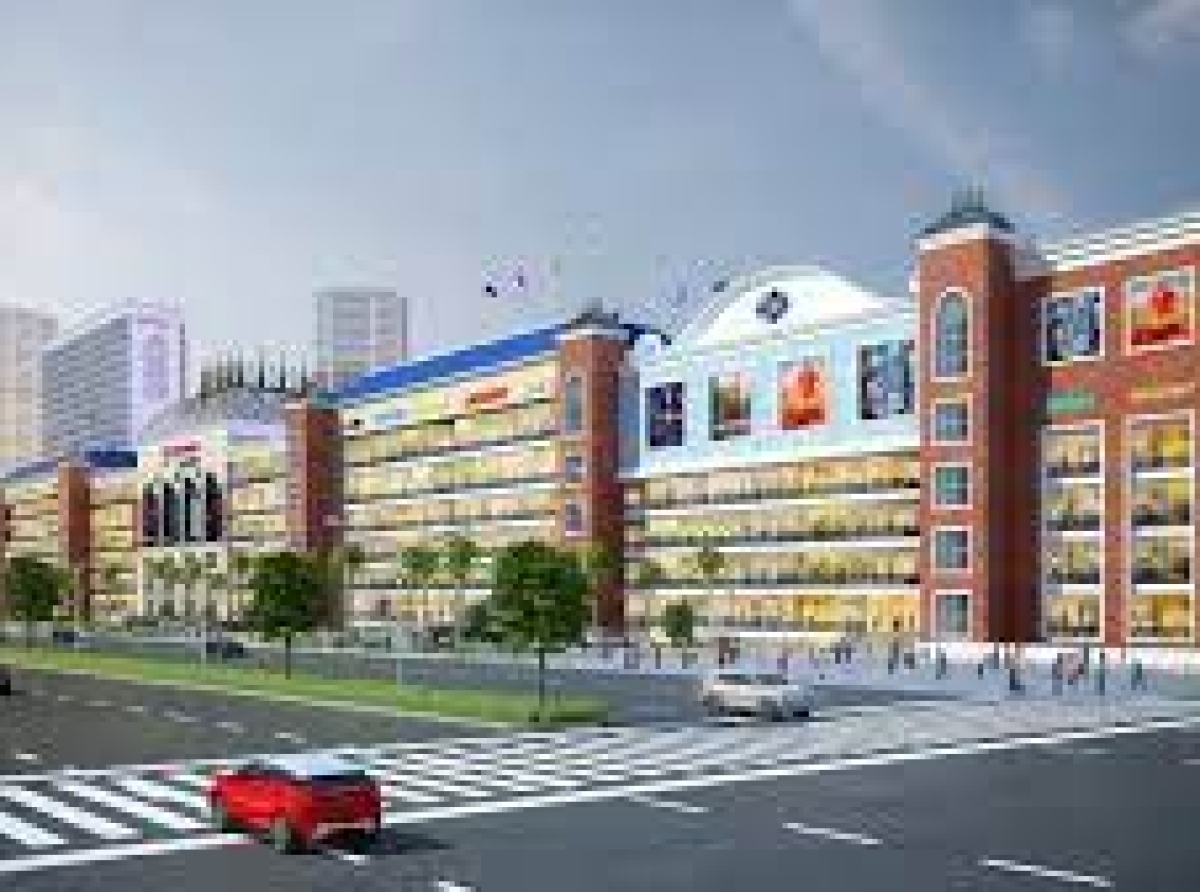Malls Rise, High Streets Hustle, but Can They Tango with E-commerce in 2024?

05 January 2024, Mumbai
India's retail landscape in 2023 resembled a Bollywood blockbuster – vibrant, dynamic, and full of unexpected twists.
Malls and high streets, once locked in a fierce rivalry, now waltz to different tunes, navigating distinct growth stories and challenges. But the ever-present ghost of e-commerce lurks in the background, adding an intriguing layer to the narrative.
Let's delve into the data-driven saga, adorned with captivating case studies, to understand this dynamic sector.
Mall Mania: A Cautious Comeback with Ambitious Steps in 2024
- Footfall Frenzy: After a pandemic plunge, mall footfall soared 42% in 2023, yet a cautious 8% shy of pre-pandemic levels. (Source: ICSC) Bangalore's Phoenix Marketcity, however, bucked the trend, exceeding pre-pandemic footfall by 15% through curated events and experiential offerings like art installations and live music.
- Luxury Leads the Charge: The segment glittered with a 15% expansion in top malls compared to a 7% average. Delhi's DLF Emporio, with its recent Louis Vuitton and Dior flagship openings, exemplifies this trend, catering to India's burgeoning luxury appetite.
- Tier 2 Triumph: In a captivating twist, Tier 2 cities like Lucknow and Jaipur witnessed a 27% surge in mall openings compared to metros. Phoenix Palassio in Lucknow showcases this shift, attracting major brands with its prime location and modern amenities.
In 2024, experiential offerings maybe the key to attracting and retaining customers.
High Street Hustle: Local Charm Meets Data-Driven Sizzle in 2024
- Neighborhood Nirvana: High streets saw a 38% footfall increase compared to 2022, fueled by convenience and a wider price range. Mumbai's Hill Road, a bustling bazaar, exemplifies this, offering everything from street food to high-end boutiques, all within walking distance.
- F&B Fiesta: Food and beverage outlets, the retail equivalent of Bollywood masala, grew by 24% on high streets. Chennai's Anna Salai, with its diverse cafes and restaurants, illustrates this trend, catering to the ever-hungry Indian consumer.
- Data Drives Decisions: Smart retailers like Fabindia on Jaipur's Bapu Bazaar are leveraging data analytics to personalize offers and optimize store layouts, resulting in a 12% sales increase compared to non-data-driven peers. (Source: Retailers Association of India)
In 2024, expect to see this trend amplified, with high streets embracing data analytics to personalize offers, optimize layouts, and cater to specific customer preferences.
Cityscapes: A Canvas of Contrasts and Convergence in 2024
- Metro Might: Mumbai, Delhi, Bengaluru, and Chennai maintained their dominance, attracting 62% of all major brand store openings in 2023. (Source: Colliers International) Bengaluru's Koramangala, with its trendy stores and vibrant nightlife, epitomizes this, drawing young professionals and global brands.
- Tier 2 Tunes In: Tier 2 cities like Pune and Hyderabad saw a 58% increase in high-street retail activity, signaling their emergence as alternative destinations. Pune's MG Road, with its mix of traditional shops and modern malls, demonstrates this trend, catering to diverse tastes and budgets.
- Small Towns Simmer: Even smaller towns witnessed a 23% rise in retail activity, fueled by government infrastructure projects and rising disposable incomes. Shillong's Police Bazaar, with its local markets and new shopping centers, exemplifies this growth, catering to a burgeoning tourist market.
Metros like Mumbai and Delhi will continue to dominate brand openings in 2024, but Tier 2 cities like Pune and Hyderabad are expected to challenge their reign. Smaller towns, too, will see a rise in retail activity, driven by government initiatives and increasing disposable incomes.
Challenges and the E-commerce Tango: A Delicate Dance in 2024
While the future glimmers, obstacles remain. Malls grapple with high rentals and operational costs, while high streets face unorganized infrastructure and parking woes.
Both sectors must contend with the ever-present e-commerce behemoth, constantly innovating to bridge the physical-digital divide.
E-commerce: The Ghost at the Feast
The rise of e-commerce casts a long shadow on the physical retail landscape. While convenient and offering wider selection, it lacks the tactile experience and social interaction that physical stores provide.
- Click-and-collect: Malls like Mumbai's Palladium are offering click-and-collect options, allowing online shoppers to pick up their purchases in-store, blurring the lines between physical and digital.
- Omnichannel strategies: High streets like Khan Market in Delhi are integrating online platforms like Instagram and WhatsApp for promotions and personalized customer service, bridging the
In 2024, expect to see more seamless integration of online and offline experiences, personalized customer journeys, and a focus on building brand loyalty through unique offerings.
Outlook for 2024: Can They Find Harmony?
The year 2024 promises to be a pivotal one for Indian retail. The mall recovery will continue, fueled by experiential offerings and luxury, while the high streets will leverage data and local charm to stay relevant.
Tier 2 cities and smaller towns will emerge as new battlegrounds, and the e-commerce tango will intensify. So, can malls and high streets find harmony in this dynamic landscape? The answer likely lies in their ability to adapt, innovate, and offer experiences that e-commerce simply cannot replicate.
Whether they succeed in the delicate dance with the digital behemoth remains to be seen, but one thing is certain: the Indian retail saga is far from over, and 2024 promises to be a thrilling chapter filled with unexpected twists and turns.
Gist
- Metros Dominate with 62%
- Tier 2 Cities Rise by 58%
- Smaller Towns See 23% Growth

















